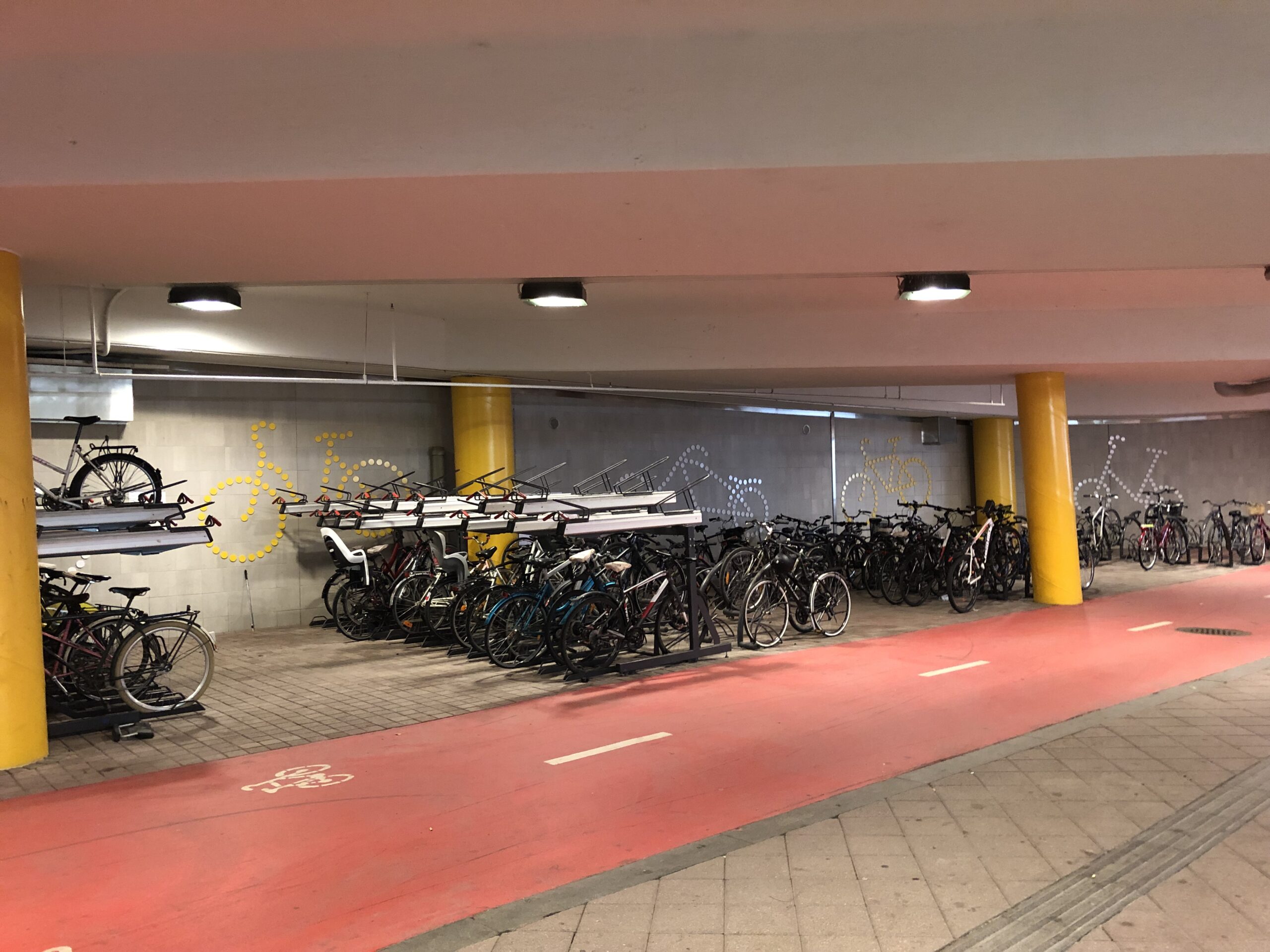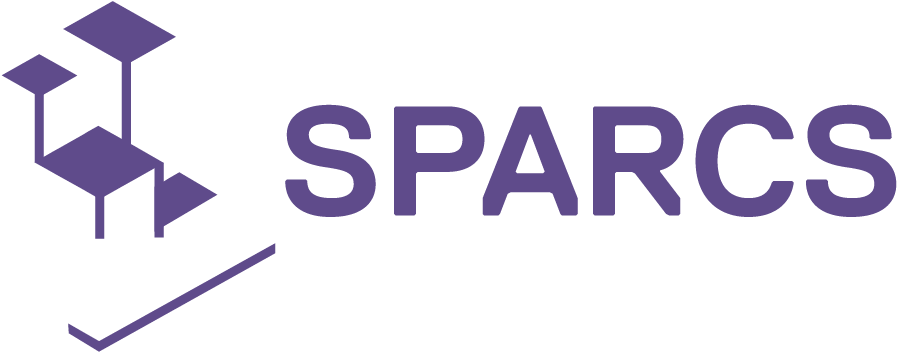Electric bicycling and urban mobility in Espoo and beyond
Bicycle use is increasingly seen as an important element of sustainable urban mobility systems. Bicycles can provide an active, personal, and low-carbon mobility mode for daily travel in urban areas (and beyond). Electric bicycles can introduce bicycling to an even larger audience, enable bicycle use on longer trips, and adapt to more diverse mobility needs than traditional bicycles through motorized movement assistance. The increasing use of e-bicycles and other electric light vehicles, or micromobility, is changing the urban mobility landscape in a rapid pace.
SPARCS project aims to boost e-mobility in Espoo demonstration sites. This includes activities related to the electrification of all vehicle types. One of the activities relating to this goal is the boosting of e-bicycling in the Espoo and Espoonlahti districts. This paper examines some key concepts on (electric) bicycling as a mode of urban mobility, the current status of bicycle use in Espoo, and case examples on (e-)bicycling and its recent development in other cities. Also recent developments in micromobility and light electric vehicles are also discussed. The aim of the paper is to support the increase of (e-)bicycling in Espoo by identifying key developments and trends that are paving the way for (e-)bicycling in the future, including bike sharing systems, city strategies on bicycling and micromobility, and (e-)bicycle-friendly urban environmental designs.
This paper is part of SPARCS project Work Package 3 ‘Espoo demonstrations’, Task 3.4 ‘E-mobility integration’, Subtask 3.4.1 ‘Boosting E-mobility uptake in the Espoonlahti district, Lippulaiva blocks’, Action E2-2. It also supports Actions E2-3, E7-1 and E13-1 on e-mobility hub development as (e-)bicycles play a major role in the ‘first’ / ’last mile’ of sustainable urban travel chains.

